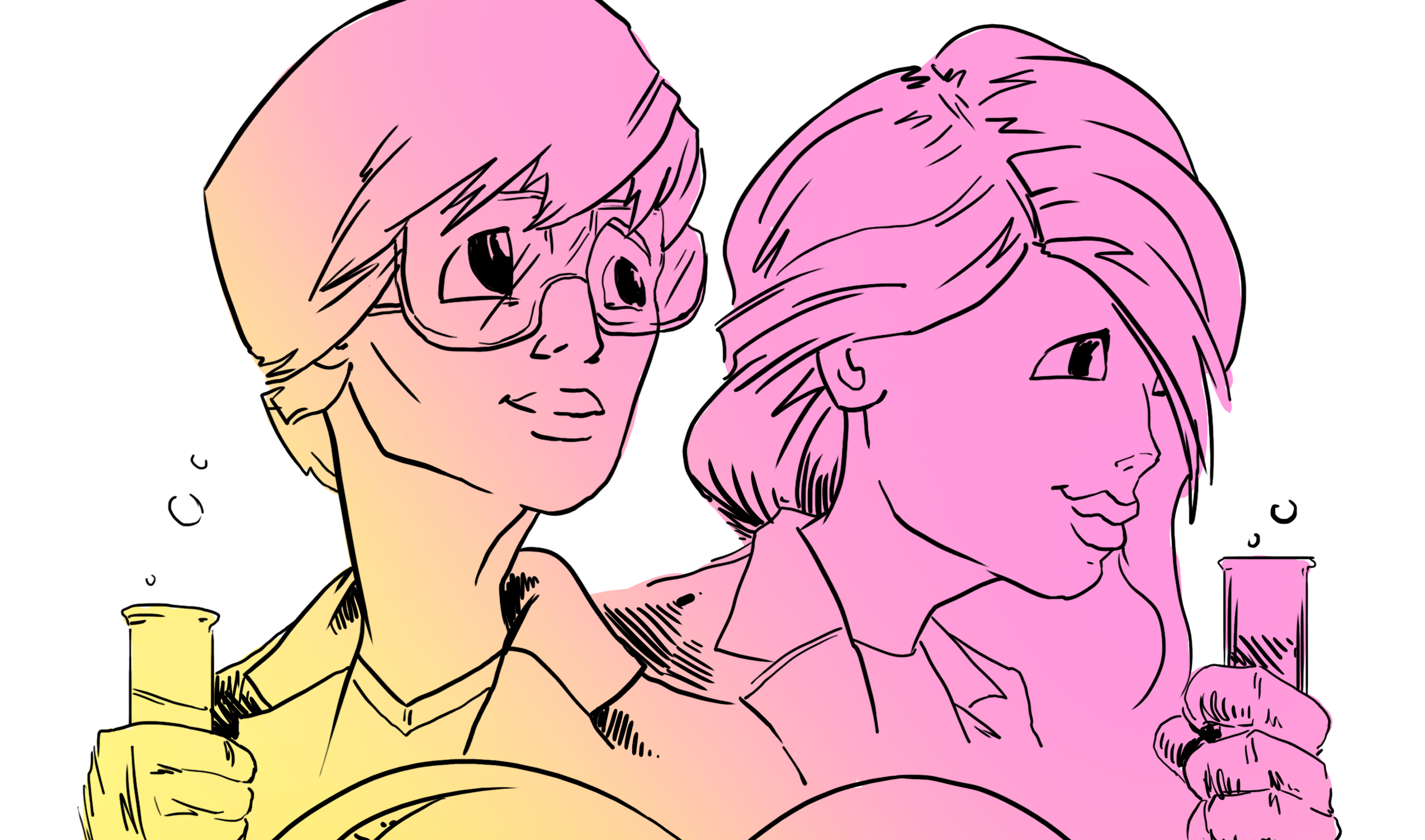With the International Day of Women and Girls in Science having occurred on Feb. 11, I think that it’s important to both reflect on why we have this day, and to look forward and consider how this day should turn into a social norm. With that, I’d like to highlight the story of Lise Meitner, a name that you probably haven’t heard of.
Forbidden to pursue higher education at age 14 because of her gender, barred from main labs and shunned to work in basements, and overlooked for a Nobel Prize in which she significantly contributed to, Lise Meitner must be at least recognized for her determination. While Marie Curie is the female scientist that typically comes to mind when thinking about radioactivity–or any contributions to science made by a woman– Lise Meitner is well-deserving of a mention.
Born in 1878, Lise was immersed in a time brimming with exciting scientific discoveries. With Charles Darwin publishing On the Origin of the Species by Means of Nature in 1859, the Curies discovering that radium produces radiation in 1898, and Albert Einstein publishing his theory of relativity in 1905, there was no shortage of inspiration as she entered her 20s. She was particularly interested in radioactivity, as she took a liking to math and physics, and hoped to eventually join the Curies in their research.
Having been banned from pursuing a higher education after she finished school at age 14, she was finally allowed into the University of Vienna at age 21. She went on to become the second woman to earn her PhD in physics at the school in 1906. She then made her way to Berlin, where she was granted special permission to attend the famous physicist Max Planck’s lectures. During this time, she also worked—unpaid and in a basement—with chemist Otto Hahn, where she discovered several isotopes, and the phenomenon of radioactive recoil. She continued to collaborate with Hahn when she became the first female professor in physics in Germany in 1926, and together, they unexpectedly discovered nuclear fission (when an atom splits into smaller atoms and releases a lot of energy).
Hahn ended up being awarded the Nobel Prize for the discovery of nuclear fission in 1944, with no mention of Meitner. However, despite the constant overshadowing by her male counterparts, she continued to pursue atomic research and was eventually awarded a position at the University College of Stockholm, with the salary of a professor.
In spite of all of her hardships as a female in a male-dominated field, Lise Meitner accomplished a great deal before she died in 1968. She challenged social norms with her brilliance and hard work, and elucidated many of the mechanisms that we take for granted in chemistry and physics. Her story is very inspiring and sheds light on many of the hardships that female scientists must deal with.
Though we have made progress as a society in a lot of the problems that Meitner faced, there is absolutely still room for improvement in closing the gap between men and women in science. In the vast majority of countries, women are now completely free to pursue an education, and lead research projects, but there is still an undeniable bias seen at conferences with mostly male speakers—not to mention pay gaps that are seen across every field.
As I am preparing to enter the professional field of academia as a female scientist, I hope that reading about women who were overlooked in their efforts motivates you to speak up about equity issues. I also hope that if, by chance, you ever end up on a Nobel Prize committee, you ensure that everyone—regardless of their gender—is recognized for their contributions.
Graphic by Manoj Thayalan




